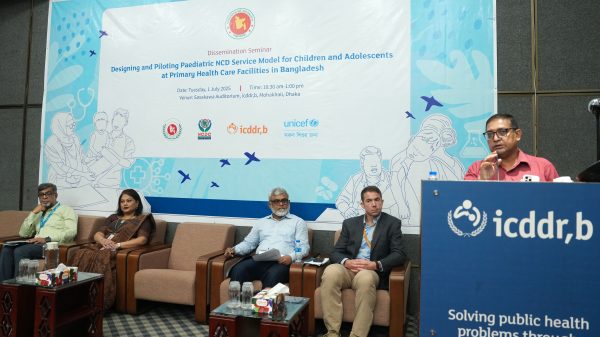Forgotten Heroes: The High-Stakes Lives of Nepal’s Sherpas

- Update Time : Monday, June 17, 2024

In July 2023, Tenjen Lama Sherpa led Norwegian climber Kristin Harila to summit the world’s 14 highest peaks in record time. Despite matching her every step and more, it was Harila who received most of the fame, fortune, and endorsements. Sherpas, like Lama, who guide climbers up treacherous peaks, rarely enjoy such recognition, even though their expertise and endurance are critical to these ascents.
Climbing for Survival, Facing Death
The mountaineering profession offers Sherpas a route out of poverty but at a great personal cost. Lama, who couldn’t afford to rest after guiding Harila, took another job guiding American climber Gina Marie Rzucidlo. Tragically, on October 7, an avalanche on Mount Shishapangma in Tibet killed both climbing parties, including Lama.
A Family’s Legacy of Tragedy
Lama’s death is the latest in a series of family tragedies. His brother Norbu Sherpa took his own life in 2021, and another brother, Phurba Sherpa, died during a rescue mission on Everest in May. Pasdawa Sherpa, the last surviving brother, continues to climb, driven by economic necessity and familial duty.
The Economic Imbalance
Sherpas, whose lives are at greater risk, earn a fraction of what foreign climbers do. While Nepal’s mountaineering industry thrives on high-paying foreign clients, the Sherpas who guide them often remain in poverty, working in one of the world’s most dangerous professions.

Rising Dangers in Mountaineering
Increasing numbers of climbers and unpredictable weather patterns, exacerbated by climate change, have made Himalayan expeditions more perilous. In 2023, a record number of 478 foreign climbers received permits to scale Mount Everest, resulting in 18 deaths, including six Sherpas.
Sherpas in the Footnotes of History
Despite their crucial role, Sherpas are often overlooked in mountaineering history. For example, Tenzing Norgay is remembered second to Edmund Hillary, who first summited Everest. This trend continues today, with Sherpas rarely receiving the accolades they deserve.
Lama’s Journey and Legacy
Lama’s story is one of resilience. From humble beginnings in the village of Walung, he rose to prominence in the mountaineering world, completing 37 summits. However, his greatest achievement—guiding Harila—did not bring the financial security or recognition he needed to secure a better future for his family.
A Call for Change
Lama’s widow, Pema Yangji Sherpa, dreams of a different future for their sons, far from the mountains that claimed their father’s life. With limited insurance payouts and enduring poverty, the families of deceased Sherpas face immense challenges.










Leave a Reply